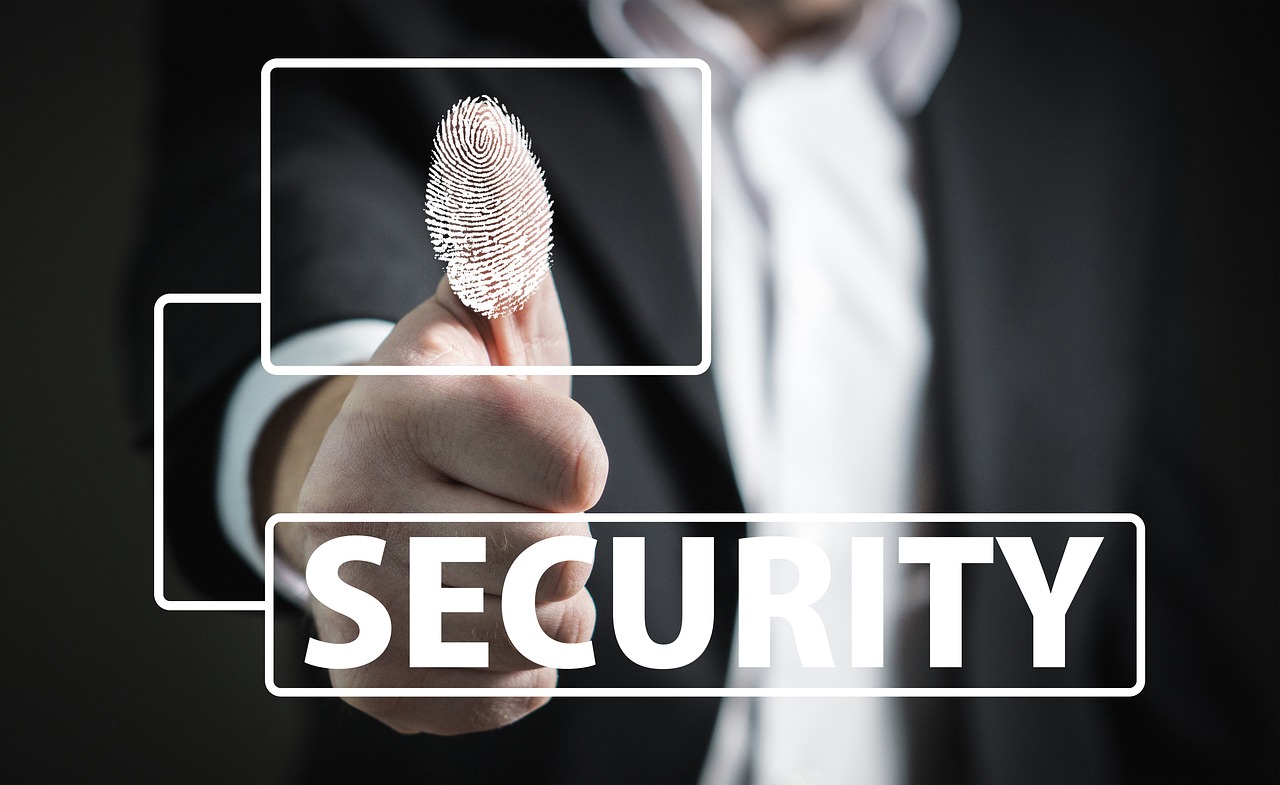To answer this question we asked a specialist company in the US – IdentityForce – to provide their top 10 tips to safeguard your Identity on Spring Break.
For college students in the US, the Spring Break is a rite of passage. It’s the last hurrah of your semester, or an epic sendoff to four years of higher education. At the same time, Spring Break can also signal a chance to escape the doldrums of winter after perhaps being cooped up in the office for months on end.
Though having fun during the holiday is exciting, traveling can also expose you to potential privacy issues. Identity theft is a growing problem worldwide, and travellers are especially vulnerable to having their personal information compromised. There are many threats to consider when you are in an unfamiliar environment but safeguarding your identity should be at the top of your list.
From booking your travel to protecting your electronic devices, follow these 10 tips to safeguard your identity on Spring Break:
Be smart when booking a holiday rental
As you book a rental, only use legitimate rental sites and do some research before sending payment online directly to a property owner. When you do pay, be sure to use a reputable third party to transfer your funds to the recipient.
Leave Sensitive Documents Behind
Before you start your vacation, make sure that your wallet or purse only contains the essentials that you need for Spring Break. For example, if you carry your Social Security card, birth certificate, blank checks or other personal and financial information, leave them home. That way if your wallet is lost or stolen you can minimize your damages.
Make it appear like you’re home
It’s often obvious when you’re away from home. Identity thieves love an empty house or apartment because it means they can go through your trash, mail, or even break into your home to steal sensitive documents. Make them think twice by leaving a light or two on and a car in the driveway. Ask the post office to hold your mail while you’re away so it won’t pile up in your mailbox. Even better, if you have any trusted friends or family members nearby, ask them to check on your home every day or two. Many local police departments will also do courtesy drive-bys when you’re away, if requested.
Don’t advertise your trip on social media
We all love keeping in touch and sharing on social media, so it may be hard to do, but posting real time updates, including photos, during a trip, sends a clear message that “I’m not home! You can go break into my house!” Even if you have strict privacy settings on your accounts, you never know if any of your connections have a history of stealing identities — especially if they’ve never been caught. Share the memories and photos; just wait until you are back home.
Avoid using public Wi-Fi
Even if it’s a quick look at your email, these connections may not be secure, thus ruining your efforts at identity theft prevention. Criminals could get into your system covertly and then install a keylogger program that sends all your activity back to them. If you need Wi-Fi, only choose networks that are password protected. And, turn off the setting on your phone that allows it to automatically connect to open Wi-Fi networks because you never know who is tapping in and waiting for you.
Pay with a credit card instead of a debit card
According to Consumer Reports, credit cards often offer better fraud protection that limit your liability. Card issuers usually waive even those small liability amounts. But debit cards are more complex in terms of usage and regulations, and you could potentially lose all the money in your account. If you are not comfortable using a credit card all the time, bring as much cash as you feel comfortable carrying.
Make copies of your travel documents
By making copies, if you lose your passport, driver’s license, or credit cards (copy the back as well as the front), you can act quickly to put identity theft prevention tactics into place.
Check your Bank and Credit Card Statements Carefully after you Return
Sometimes, travelers don’t even know they’ve been hit until the card they used on vacation suddenly has hundreds of dollars in additional charges. If you have secure Wi-Fi while traveling, it’s also a good practice to check your accounts online every day, so you can report any inconsistencies quickly.
Password-Protect All of Your Devices
Whether it’s your smartphone and/or other devices that you bring on trips, use passwords, especially if you have financial apps or other sensitive information stored on them. Even with a fingerprint reader enabled, you should still use a strong passcode of four digits or more to prevent access to your phone should it be stolen.
Sign up for Identity Theft Protection
The best identity theft protection providers offer ongoing monitoring and rapid, real-time alerts if your personal information has been involved in suspicious activity. By adding this extra level of insurance, you can help prevent or at least minimise the effects of identity theft. And, you can rest assured knowing that you have 100% recovery coverage in the event your good name is compromised.
Preparation and vigilance are key components to enjoying a fun, safe Spring Break and returning home with peace of mind. Keep these tips in mind to avoid the stresses and financial losses caused by identity theft.
Disclaimer: this article was sponsored by IdentityForce

